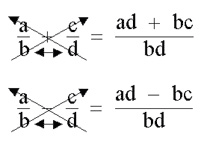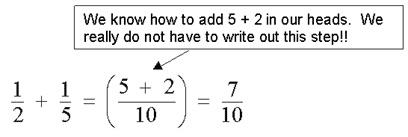NEGATIVE EXPONENTS and SCIENTIFIC NOTATION
| -
- - - - - - - - - - - - - - - - - - - - - - - - - - - - - - - - -
- - - - - - - - - - - - - - - - - - - - - - - - - - - - - - - - -
- - - - - - - - - - - - - - - - - - - To DOWNLOAD this page for PRINTING If you are unable to do this you need to first DOWNLOAD Adobe's Acrobat Reader. To obtain it click on https://get.adobe.com/reader/otherversions/ . - - - - - - - - - - - - - - - - - - - - - - - - - - - - - - - - - - - - - - - - - - - - - - - - - - - - - - - - - - - - - - - - - - - - - - - - - - - - - - - - - - - - - - |
 |
 |




















